Understanding Bahamian Side Dishes Across Islands
10 min read Explore the diverse side dishes of The Bahamas, highlighting regional flavors and traditional ingredients across different islands. August 24, 2025 00:05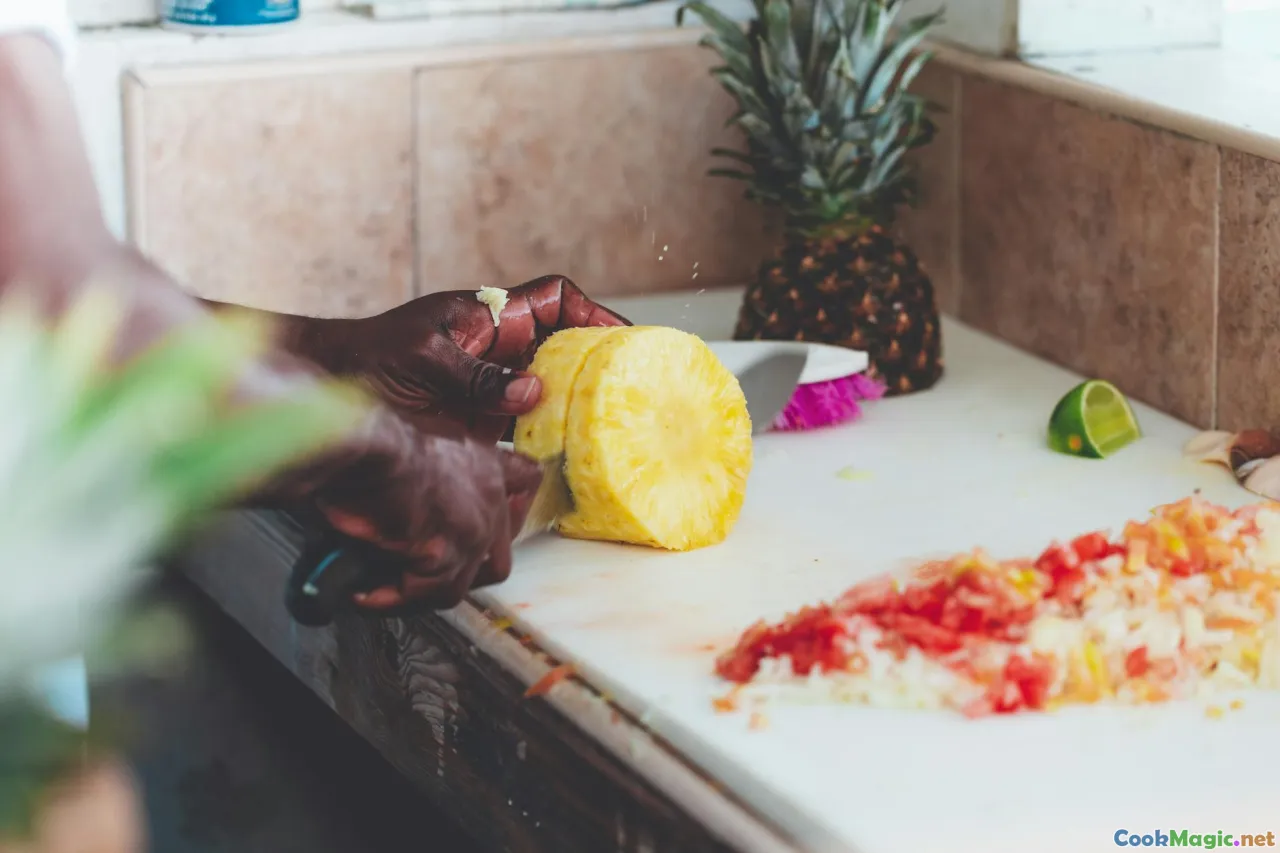
Understanding Bahamian Side Dishes Across Islands
The Bahamas is a tapestry woven with vibrant colors, rich traditions, and flavors that dance on the palate. While the famed conch salad or cracked conch often steal the culinary spotlight, it's the humble side dishes—the quiet yet essential accompaniments—that truly evoke the soul of Bahamian cuisine. These side dishes, each with their unique island identity, tell stories of history, resourcefulness, family, and culture. Stepping into a Bahamian kitchen or a seaside restaurant is like opening a treasure chest filled with flavors that embody the very essence of island life.
Let's embark on an immersive journey through the diverse side dishes that adorn Bahamian tables across the archipelago, exploring their origins, ingredients, textures, and place in the island culture.
The Role of Side Dishes in Bahamian Cuisine

For Bahamians, food is more than sustenance; it’s a language of connection and identity. Side dishes are the unsung heroes of a meal, augmenting the main course with bursts of flavor, contrasting textures, and cultural significance. They are often simple yet deeply comforting—think of fluffy rice complementing spicy game or a plate of sweet potato mash balancing the heat of peppered seafood.
In many families, cooking is an art passed down through generations, and traditional side dishes serve as a bridge from past to present—a reminder of resourcefulness and community. Across the islands—Grand Bahama, Nassau, Eleuthera, and the Out Islands—their ingredients vary but their effect remains consistent: enriching meals with love, history, and a touch of Bahamian soul.
Classic Side Dishes Found Throughout the Bahamas

Fried Plantains and Sweet Potatoes
Perhaps one of the most universally loved side dishes, fried plantains are a sweet, caramelized delight—crispy on the outside, tender within, releasing a aroma of caramelized sugars and ripe banana notes. Served alongside fried fish or mahi-mahi, they add a sugary contrast to savory seafood.
Sweet potatoes, often boiled or mashed, are replaced or complemented by the same caramelized aroma and serve as comfort food, especially during family gatherings or island festivals.
Personal insight: I recall the smoky scent of frying plantains wafting through an Eleuthera street festival, mingling with the sea breeze—a sensory memory forever etched.
Rice and Peas

A staple across all Bahamian tables, rice and peas is a fragrant staple made with pigeon peas or kidney beans simmered with rice, coconut milk, thyme, and a hint of cinnamon. The dish boasts a fluffy texture, aromatic richness, and a subtle earthiness that pairs impeccably with grilled seafood or stewed fishes.
Pro tip: The key lies in slow cooking, allowing the flavors to meld, and using fresh herbs for maximum aroma.
Johnnycake
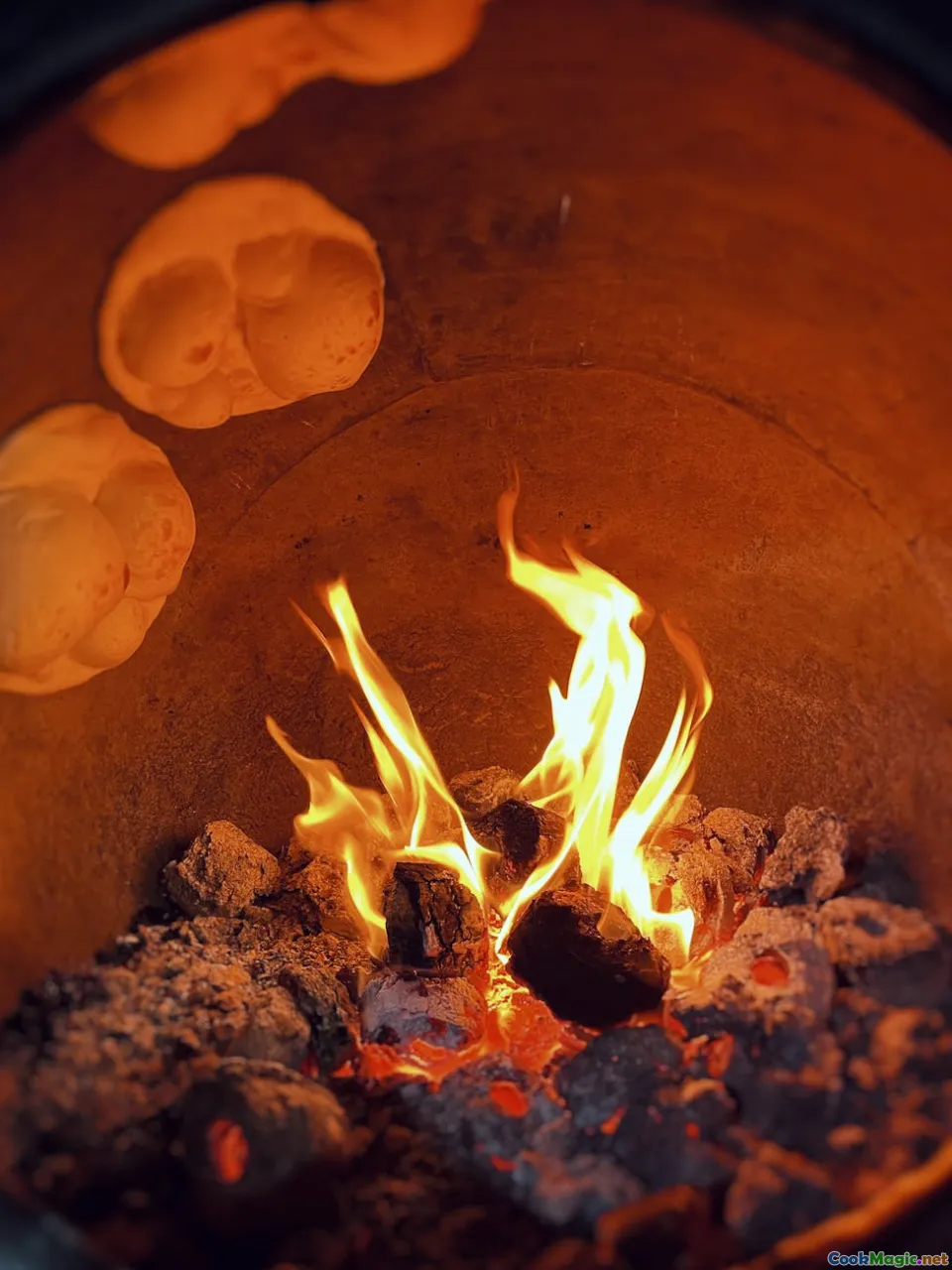
While often viewed as bread, Johnnycake functions as a side, wrap, or even breakfast item. Dense yet crumbly, it’s made with cornmeal, water, and a touch of sugar, then baked or fried to golden perfection. Its slightly sweet, buttery flavor is a perfect match for spice-laden seafood, conch fritters, or dishes with a hint of pepper sauce.
Personal insight: Nothing beats breaking off a piece of Johnnycake beside a conch salad while watching the sunset over Nassau.
Regional Variations and Island-Specific Sides
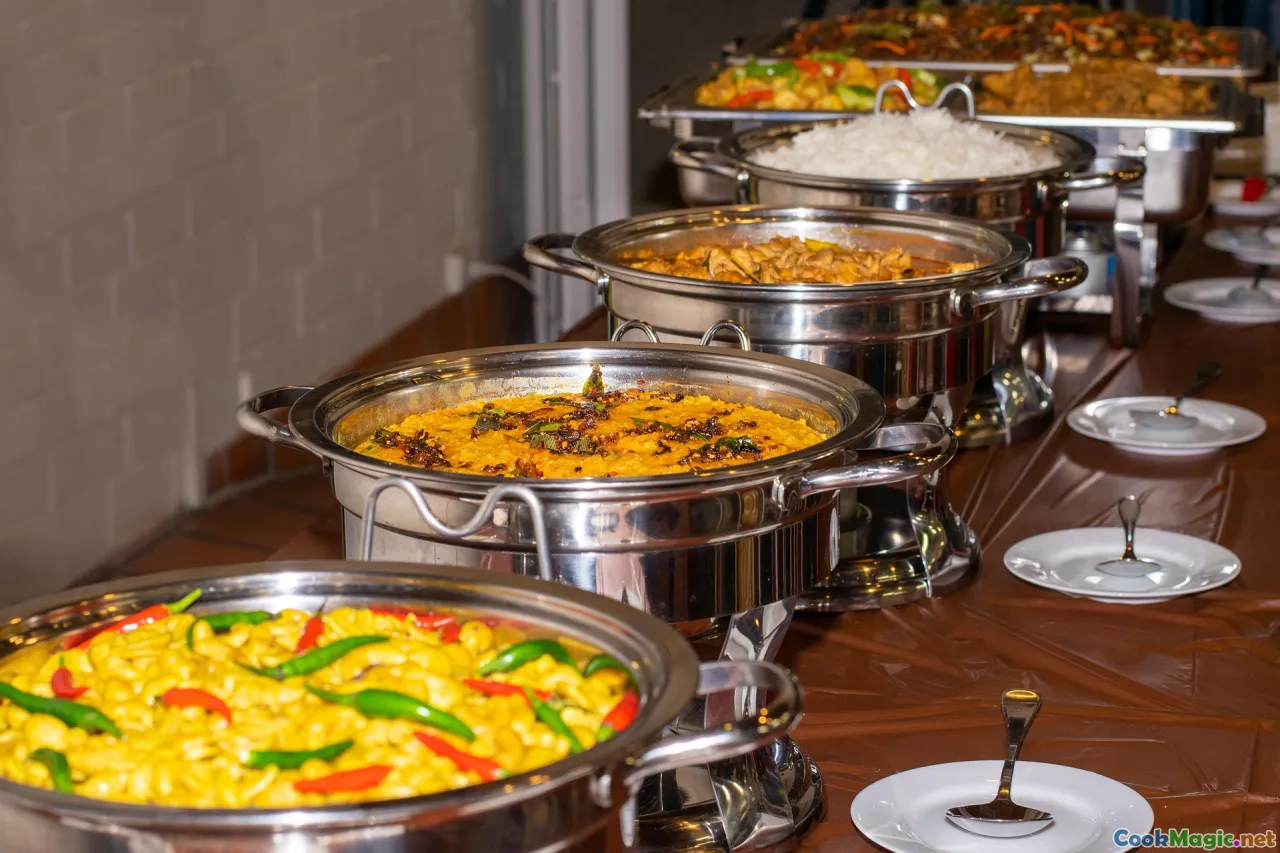
Eleuthera’s Cassava Pone
Unique to Eleuthera, Cassava Pone is a savory side made from grated cassava, coconut, and spices. It has a dense, moist texture and a subtly nutty flavor. Often served alongside stewed fish or lobster, its rich taste echoes the island’s entrepreneurial spirit—resourceful and hearty.
Grand Bahama’s Macaroni and Cheese
While familiar throughout the Caribbean, Macaroni and Cheese in Grand Bahama often features a blend of sharp Bahamian cheeses, herbs, and sometimes even a hint of pimento. Creamy yet baked until bubbly, it’s served as a decadent counterpoint to spicy jerk chicken or fish.
The Out Islands’ Callaloo
Originating from West African greens, Callaloo is a vibrant leafy vegetable cooked down with onions, peppers, and seafood (sometimes conch), producing a vibrant green, tender side with an earthy, slightly bitter flavor complemented by the saltiness of seafood.
How to Incorporate Traditions in Modern Plate
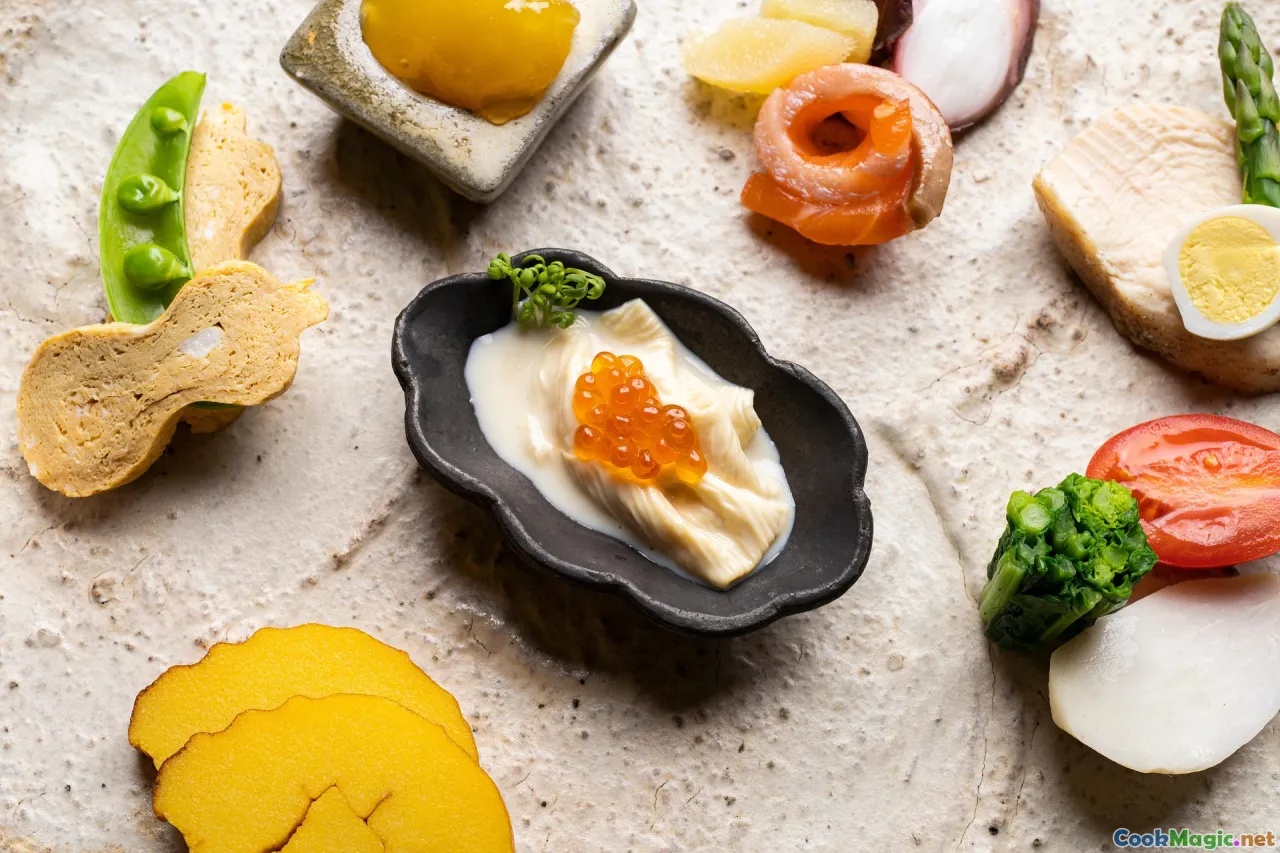
In today’s culinary scene, chefs and home cooks alike are embracing these traditional sides, reinventing them to fit contemporary tastes and presentation styles. Imagine a charred sweet potato puree topped with crispy conch bits or a deconstructed rice and peas salad with microgreens.
Use local ingredients for authenticity—stone-ground cornmeal for Johnnycakes, freshly grated cassava, or island-grown spices—and respect their traditional methods for a genuine flavor base.
Celebrating Bahamian Sides at Festivals and Family Gatherings
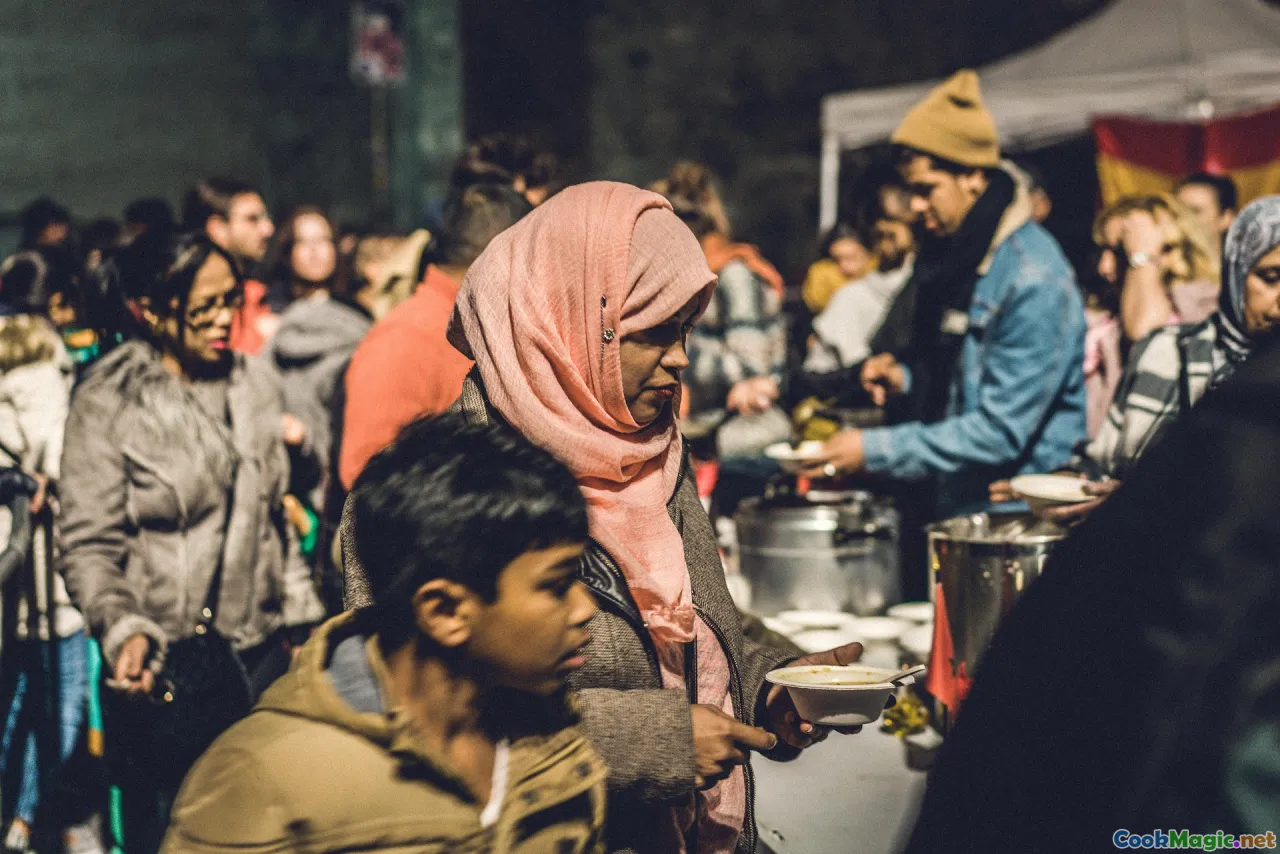
Bahamian festivals are the heartbeat of cultural expression, and side dishes shine brightly here. At Junkanoo festivals, family picnics, and boat races, you’ll find platters overflowing with conch fritters, festival bread topped with sugar, pickled vegetables, and fresh mangos.
Sharing these beloved sides fosters community, preserves heritage, and spreads the tantalizing smell of Bahamian kitchens far beyond the islands.
Practical Tips for Cooking Bahamian Sides at Home
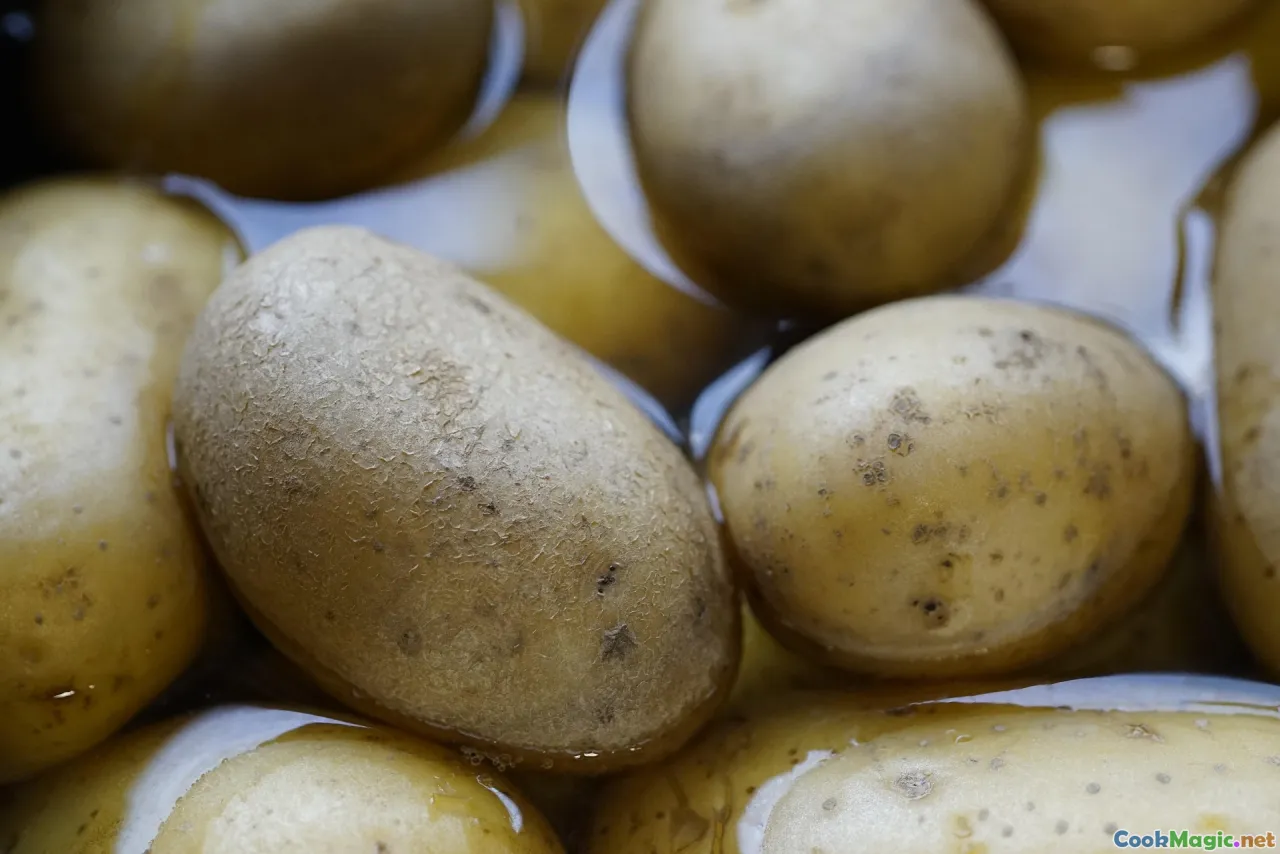
- Source authentic ingredients: Seek out coconut milk, fresh herbs, and locally grown produce.
- Embrace patience: Many dishes benefit from slow simmering to develop deep flavors.
- Use the right fats: Coconut oil or palm oil add authentic flavor and aroma.
- Layer flavors: Incorporate spices like allspice, thyme, or pimento for that genuine Bahamian taste.
- Presentation matters: Serve sides in rustic bowls or woven baskets for an island aesthetic.
Final Notes: More Than Just a Side
The essence of Bahamian cuisine lies in its ability to transform simple, locally available ingredients into dishes that evoke warmth, nostalgia, and pride. The side dishes across the islands serve not only as complements but as cultural narratives—woven with stories of survival, community, and ingenuity. Next time you prepare or indulge in a Bahamian meal, pay close attention to these flavors and textures—they are the quiet narrators of the islands’ vibrant history and enduring spirit.
Whether you’re recreating a family recipe or exploring regional variations, embracing the diversity of Bahamian side dishes offers a flavor-rich journey into the heart of the islands. So, gather your ingredients, lean into the aromas, and let each bite connect you deeper to the Bahamian way of life—a celebration of flavor, culture, and community."









